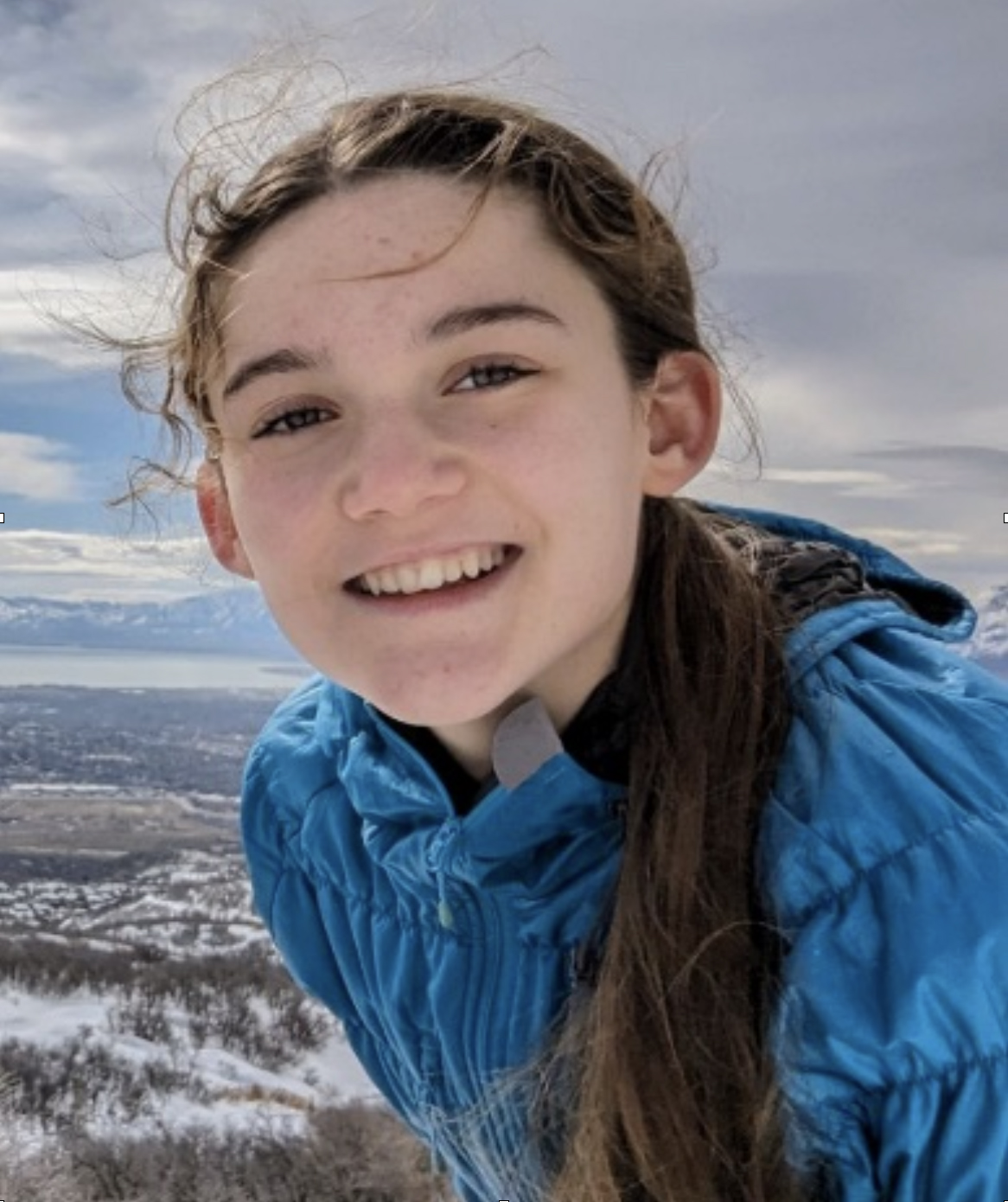
Written by Sylvia Briggs-Bauer
Once I planted the seed of an apple I thought tasted delicious. My thinking was that it would grow to produce more delicious apples. Even when my parents informed me that store-bought apples seeds didn’t usually produce fruits, stubbornly I continued my mission, thinking I would at least create a cool bonsai tree. When the sprout was around two years old, I thought it was time to let it grow outside (although it was only an inch or two tall). It was summer after all, it wasn’t like the little tree would freeze and die, right? Much to my regret, the leaves of the plant burned in the sun, and no matter how much I tried to bring it back to life, the little twig never grew another leaf again.
I tell you this sad story not to dishearten you, but to inform you of the dangers of harsh weather changes on plants. As gardeners, it is not uncommon for you to grow non-native plants, or plant in pots or raised beds outside, which are the most susceptible to weather damage, especially in the winter. So, as the winter solstice comes into few, I have some helpful tips to help you protect your plants from freezing weather.

Sylvia Briggs-Bauer
Sophomore at Bellingham High School
Environmental Youth Activist & Author of
Columbia Nature News
Sylvia is a member of the Whatcom Horticultural Society and contributor to our newsletter. She is a 10th-grade student at Bellingham High School who caught our eye through her informative creation of the Columbia Neighborhood Nature News. We are excited to work with her! To find out more about Sylvia Briggs-Brauer, click here to check out the Whatcom Talks article.